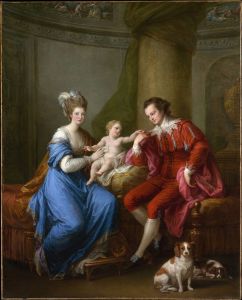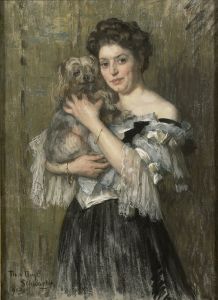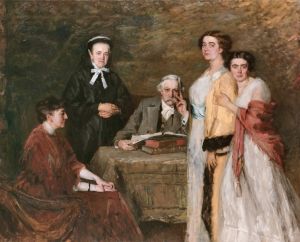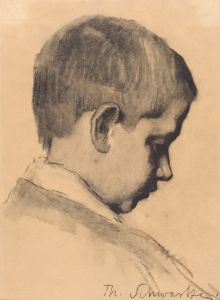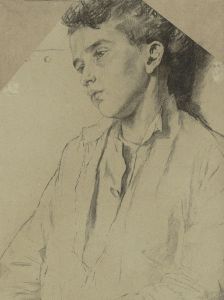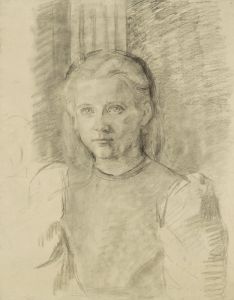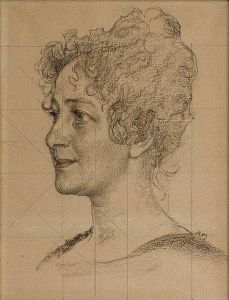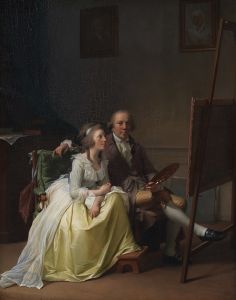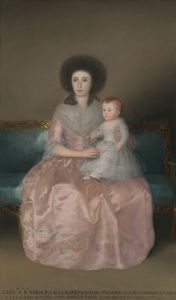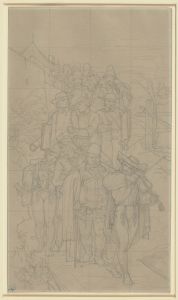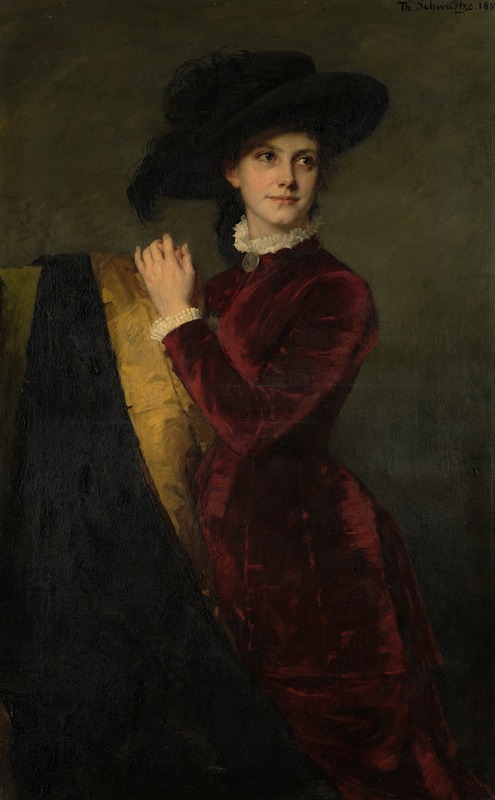
Catharina Josephina den Tex-Biben
A hand-painted replica of Thérèse Schwartze’s masterpiece Catharina Josephina den Tex-Biben, meticulously crafted by professional artists to capture the true essence of the original. Each piece is created with museum-quality canvas and rare mineral pigments, carefully painted by experienced artists with delicate brushstrokes and rich, layered colors to perfectly recreate the texture of the original artwork. Unlike machine-printed reproductions, this hand-painted version brings the painting to life, infused with the artist’s emotions and skill in every stroke. Whether for personal collection or home decoration, it instantly elevates the artistic atmosphere of any space.
Catharina Josephina den Tex-Biben by Thérèse Schwartze is a notable portrait painting created by the renowned Dutch artist Thérèse Schwartze. Thérèse Schwartze (1851-1918) was a prominent portrait painter in the Netherlands during the late 19th and early 20th centuries. She was highly regarded for her ability to capture the likeness and personality of her subjects with great skill and sensitivity.
The subject of this particular painting, Catharina Josephina den Tex-Biben, was a member of the Dutch bourgeoisie. The den Tex family was well-known in Amsterdam, with several members holding significant positions in society. Catharina Josephina den Tex-Biben was married to Pieter Hendrik den Tex, who served as the mayor of Amsterdam from 1891 to 1901. The portrait likely reflects her status and social standing during that period.
Thérèse Schwartze's technique in this portrait is exemplary of her style, which often included meticulous attention to detail, a realistic representation of textures, and a keen eye for the subtleties of light and shadow. Schwartze was known for her ability to render fabrics, jewelry, and other materials with remarkable precision, which is evident in the depiction of Catharina Josephina's attire and accessories.
The painting showcases Catharina Josephina den Tex-Biben in a dignified pose, exuding confidence and grace. Her attire is elegant, reflecting the fashion of the time, and she is adorned with fine jewelry, indicating her wealth and social status. Schwartze's use of color and light enhances the three-dimensionality of the figure, making her appear lifelike and present.
Thérèse Schwartze received numerous commissions from the Dutch elite, and her portraits were highly sought after. She was one of the few female artists of her time to achieve such recognition and success. Her works were exhibited in prestigious venues, and she received several awards and honors throughout her career.
The portrait of Catharina Josephina den Tex-Biben is an important example of Schwartze's work and contributes to our understanding of the social and cultural context of the Netherlands during the late 19th century. It also highlights the role of women in society and the ways in which they were represented in art.
Today, Thérèse Schwartze's paintings are held in various collections, both public and private. Her legacy as one of the leading portrait painters of her time continues to be celebrated, and her works remain an important part of Dutch art history. The portrait of Catharina Josephina den Tex-Biben stands as a testament to Schwartze's skill and her ability to capture the essence of her subjects with remarkable fidelity.





